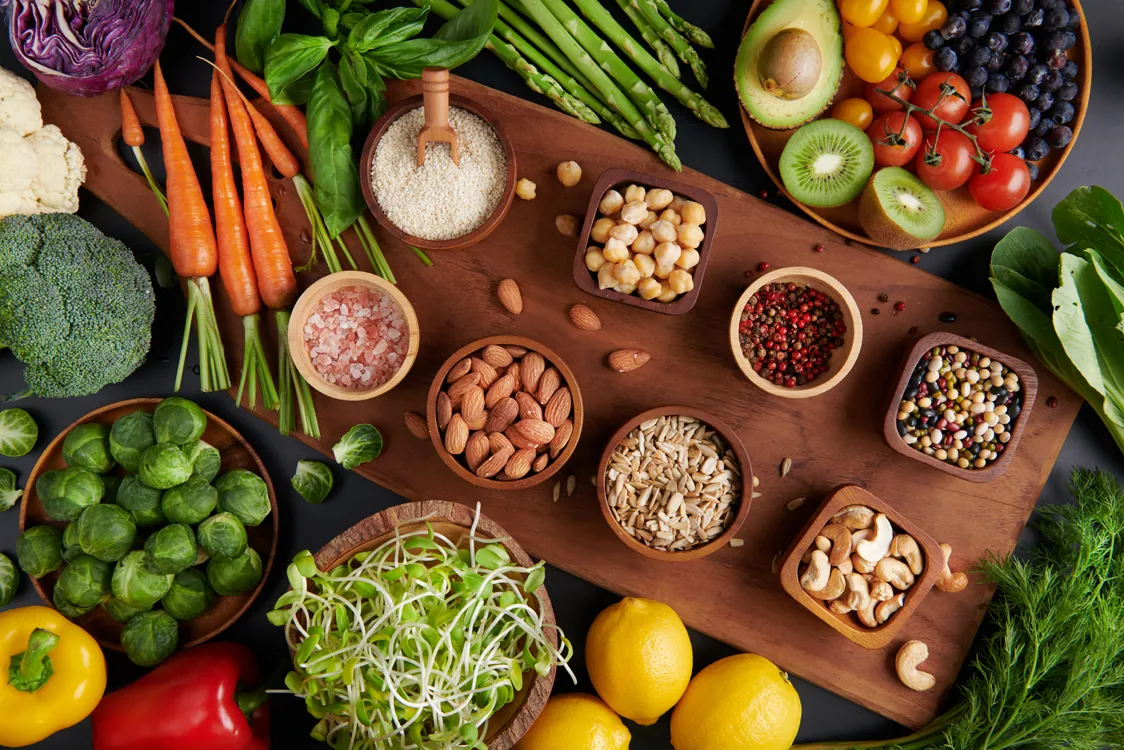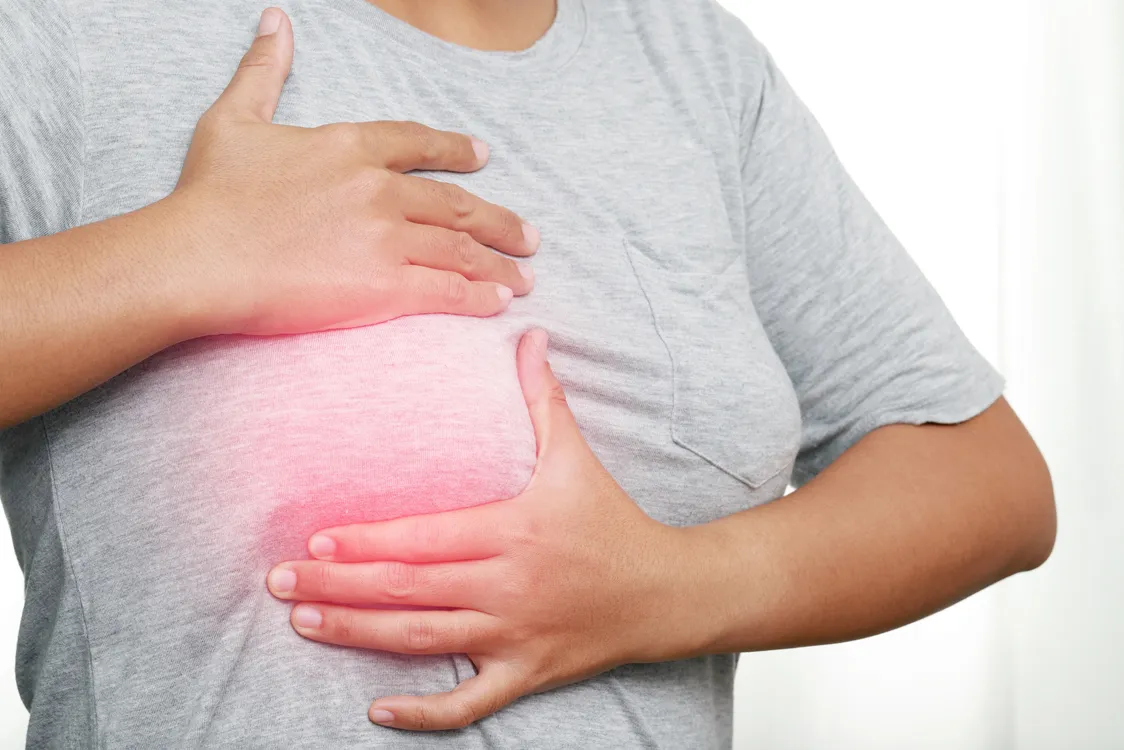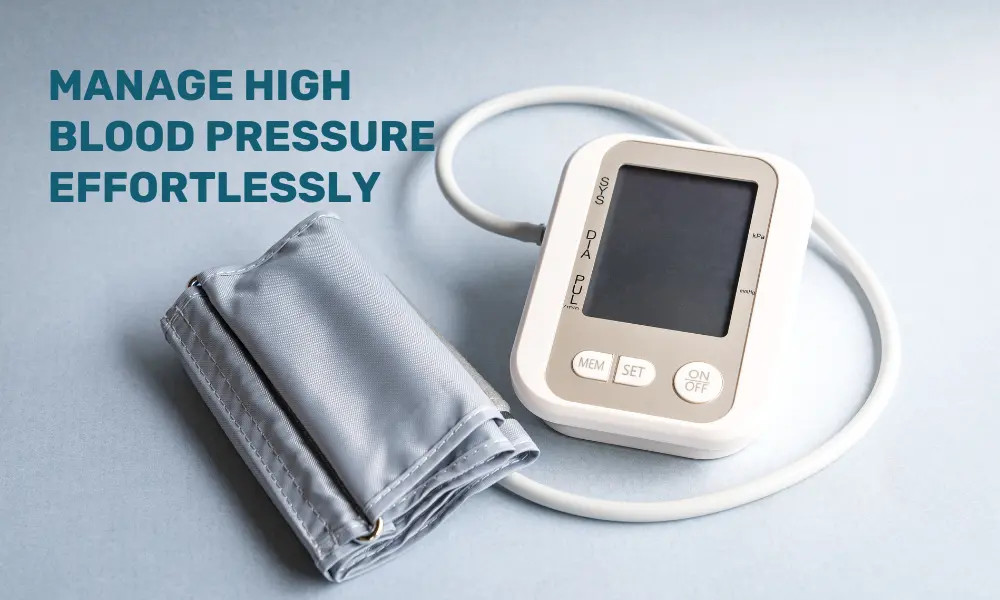Good health and nutrition are the foundation of a healthy person, family, community, and country. However, as evidenced by the results of the recently released fifth round of National Family Health Surveys, India continues to face problems with nutrition (NFHS-5, 2019-21). The survey shows a worsening trend in the prevalence of anaemia across all population groups, including children, adolescents, pregnant women, and women of reproductive age, pointing to a lack of access to healthier food. Regular check-ups with a General Physician may help prevent Anaemia
The Anaemia Mukt Bharat (AMB) Programme and the Poshan Abhiyan were the Government of India’s two major 2018 initiatives to combat the nation’s deteriorating nutritional status. denying them the right to be healthy. The Anaemia Mukt Bharat strategy sought an 18% decrease in the prevalence of anaemia among all age groups between 2018 and 2022. India, however, appears to be far from meeting this goal, according to NFHS-5 data.
Age, gender, religion, caste, socioeconomic status, and location are some factors that are common across age groups and contribute to nutritional deficiencies. The risk of compromised nutritional status is highest for the poorest and least educated. With a few notable exceptions, data from the last two rounds of the NFHS (4 and 5) show that, for the most part, there is a direct correlation between the level of anaemia and the socioeconomic status of the population in states in India.
Every stage of life presents unique nutritional challenges for women and girls, but adolescence, pregnancy, and breastfeeding present the greatest healthy vulnerability and increased demands for energy and nutrients. However, anaemia affects one in three women globally who are of reproductive age. The leading cause of death for women is malnutrition, which claims more lives than any other risk factor. India was ranked 101st out of 116 nations in the 2021 Global Hunger Index for having life-threatening hunger levels, particularly among nursing mothers and their infants.
When compared to the rest of the family, women and girls from economically disadvantaged strata frequently eat the most negligible amounts and last. Additionally, women’s and girls’ poor healthcare-seeking habits, restricted access to iron supplements, and lack of decision-making affect their nutrition and health results. Inadequate nutrition deprives women and girls of their right to health and reduces their unborn children’s chances of survival, growth, and development.
The COVID-19 pandemic impacted the nation’s delivery of crucial health and nutrition services. Frontline workers (Anganwadi workers (AWW), Accredited Social Health Activists (ASHAs), and Auxiliary Nurse Midwives (ANM)) had their core responsibilities de-prioritized as a result of the closure of Anganwadi centres, the primary platform for delivering core nutrition-specific interventions. Long-term, the COVID-19 pandemic threatens to increase the burden of malnutrition already experienced by women and girls and cause a significant loss of well-being and opportunities for women and girls.
Raising awareness and disseminating information through mass media, targeted campaigns, and behaviour change communication is necessary to address the barriers to health and nutrition. Furthermore, addressing the various underlying structural issues that increase women’s and girls’ risk of malnutrition is the most effective way to improve nutrition outcomes in these groups. A multisectoral strategy involving cooperation between different stakeholders is required, including the ministries of health, education, and women’s and children’s development, as well as the private sector and civil society organizations.
To achieve gender equality, nutrition is crucial for women and girls to achieve equal health, educational, and economic outcomes. In the future, initiatives to combat the problem of malnutrition mustn’t disregard the unique nutritional requirements of women and girls throughout their lives.





